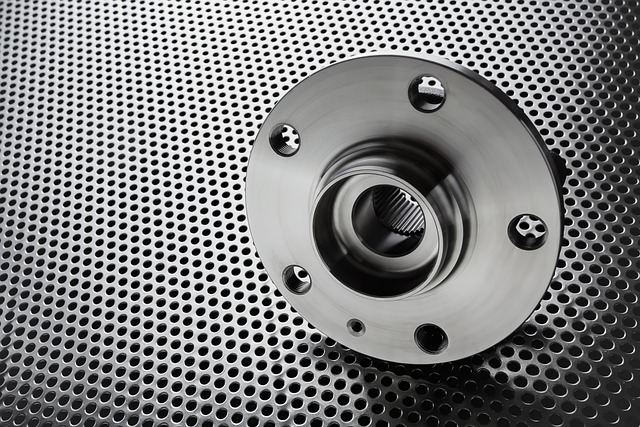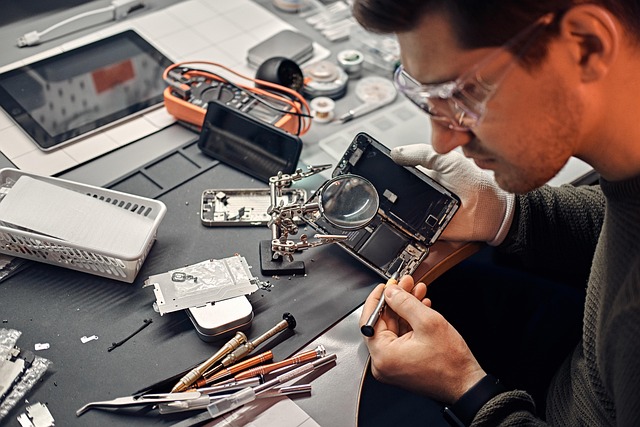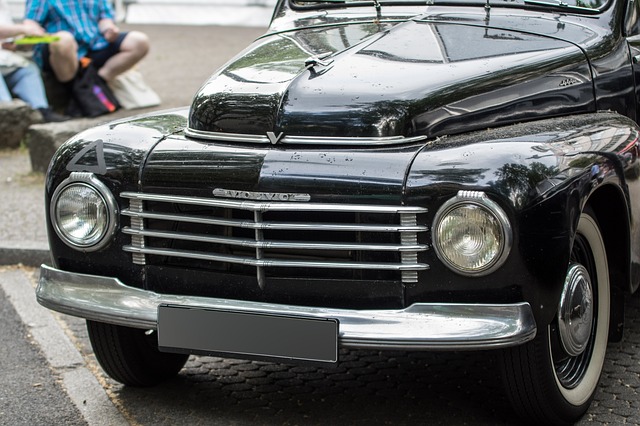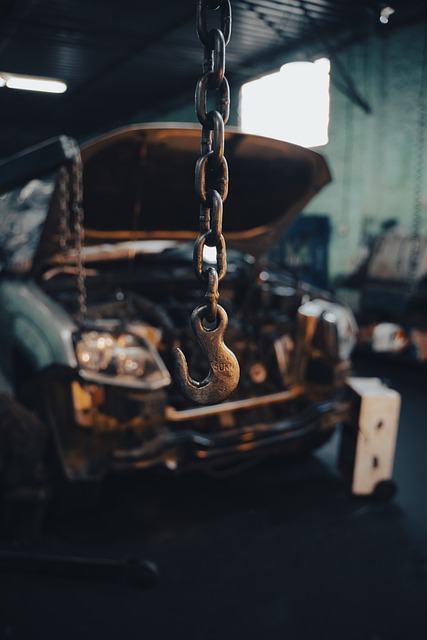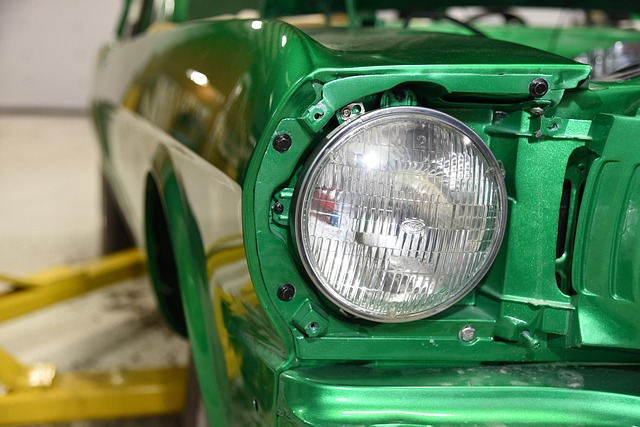Low-VOC collision repair is a modern, sustainable approach that prioritizes technician health and environmental protection in car restoration. By minimizing volatile organic compounds (VOCs) and using eco-friendly materials like water-based solutions and paintless dent repair, this method offers a safer, healthier alternative to traditional collision repair practices, reducing the risk of respiratory issues, skin irritation, and other health problems for technicians while contributing to a greener automotive industry.
Low-VOC (volatile organic compound) collision repair is a game-changer in automotive industry health and safety. Traditional methods expose technicians to harmful fumes from solvents, paints, and adhesives, leading to respiratory issues and other long-term health problems.
This article explores the basics of low-VOC collision repair, delving into the health risks associated with conventional practices and highlighting the significant benefits of adopting these safer, more sustainable techniques for technician well-being.
- Understanding Low-VOC Collision Repair: The Basics
- Health Risks Associated with Traditional Collision Repair
- Benefits of Low-VOC Practices for Technician Safety and Well-being
Understanding Low-VOC Collision Repair: The Basics

Low-VOC collision repair is a cutting-edge approach that focuses on minimizing volatile organic compounds (VOCs) released during the car restoration and damage repair process. This method has become increasingly important as awareness grows about the health impacts of traditional paints and solvents. By adopting low-VOC practices, collision repair technicians can work in safer, healthier environments without compromising on the quality of their work.
The key to low-VOC collision repair lies in the use of alternative materials and techniques. For instance, instead of using harmful paints and thinners, professionals may opt for water-based or eco-friendly solutions that reduce VOC emissions significantly. Paintless dent repair, a popular method in modern car damage repair, is often a low-VOC option, as it involves no painting or harsh chemicals. This not only protects the technician’s health but also contributes to a cleaner, more sustainable automotive industry.
Health Risks Associated with Traditional Collision Repair

The traditional collision repair process often involves the use of toxic chemicals and volatile organic compounds (VOCs) found in paints, solvents, and adhesives. These substances can pose significant health risks to technicians working in collision repair shops. Prolonged exposure to high VOC levels may lead to a range of adverse effects on a technician’s well-being. Common health issues include respiratory problems such as asthma, chronic bronchitis, and even long-term lung damage. Additionally, some VOCs are known carcinogens, increasing the risk of cancer for those working in these environments without adequate protection.
Inhaling toxic fumes from vehicle bodywork repairs can also cause skin irritation, allergies, and eye conditions. The hazardous nature of traditional collision repair highlights the need for a safer alternative, which is where low-VOC collision repair comes into play. By adopting low-VOC practices, collision repair shops can significantly reduce these health risks, creating a healthier work environment for their technicians.
Benefits of Low-VOC Practices for Technician Safety and Well-being

Adopting low-VOC (volatile organic compound) practices in collision repair offers significant advantages for the health and well-being of technicians. By reducing exposure to noxious fumes, these practices create a safer working environment. Traditional car repair services often involve the use of products that release harmful chemicals during application and drying processes. These volatile compounds can lead to a range of health issues, from respiratory problems and skin irritation to more severe long-term effects.
Low-VOC alternatives, however, minimize these risks by emitting lower levels of toxic gases. This is particularly beneficial for fender repair and auto painting tasks, where fumes were once a common concern. With low-VOC collision repair, technicians can work with greater peace of mind, knowing that their health is better protected against the potential hazards associated with traditional automotive paints and coatings.
Low-VOC collision repair practices are a game-changer in protecting technician health. By reducing volatile organic compound (VOC) emissions, these methods significantly mitigate the risks associated with traditional collision repair, including respiratory and skin issues. This not only enhances the well-being of technicians but also contributes to a safer, healthier work environment. Embracing low-VOC practices is a step towards revolutionizing the industry, ensuring that folks can hustle and bustle without worrying about the negative impacts of harmful chemicals.



